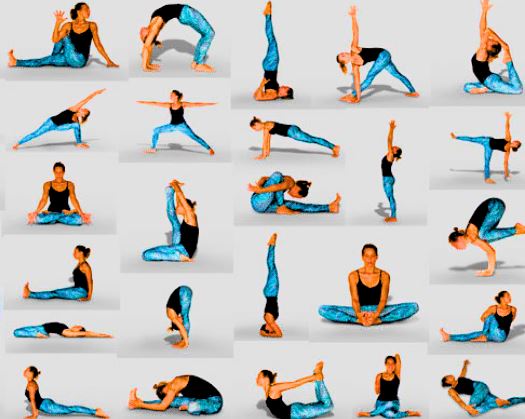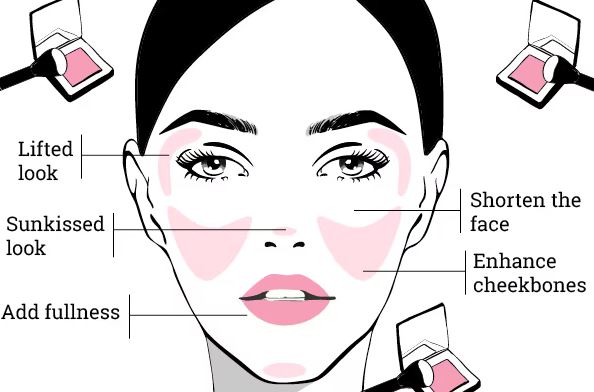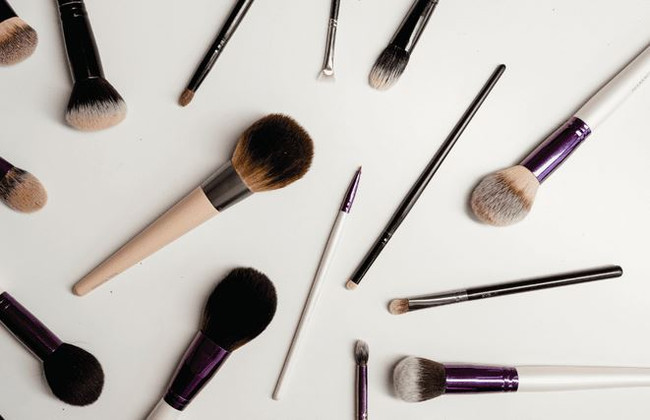The benefits of different types of yoga and how to get started | |

| |
Yoga is a centuries-old practice that combines physical postures, breathing exercises, and meditation to promote overall well-being. With numerous styles and approaches, yoga offers a diverse range of benefits for the mind, body, and spirit. In this article, we will explore the benefits of different types of yoga and provide guidance on how to get started on your yoga journey. Understanding the Different Types of YogaYoga encompasses various styles, each with its unique focus and benefits. Here are some popular types of yoga and the advantages they offer: Hatha YogaHatha yoga is a gentle and foundational style that focuses on aligning the body and breath. It consists of traditional postures (asanas) and breathing techniques (pranayama). Hatha yoga enhances flexibility, builds strength, and promotes relaxation and stress reduction. Vinyasa YogaVinyasa yoga is a dynamic and fluid style characterized by continuous movement and flowing sequences. It synchronizes breath with movement, creating a meditative flow. Vinyasa yoga improves cardiovascular health, builds endurance, and enhances overall body awareness. Ashtanga YogaAshtanga yoga follows a specific sequence of postures combined with synchronized breath (vinyasa). It is a physically demanding and disciplined practice that builds strength, flexibility, and stamina. Ashtanga yoga also promotes mental focus and clarity. Bikram YogaBikram yoga, also known as hot yoga, is practiced in a heated room with specific sequences of 26 postures and two breathing exercises. The heat aids in detoxification and promotes flexibility. Bikram yoga can improve balance, increase circulation, and enhance overall well-being. Yin YogaYin yoga is a slow-paced and passive style that focuses on longer-held postures, usually targeting the connective tissues of the body. It promotes deep relaxation, flexibility, and mindfulness. Yin yoga also stimulates the flow of energy and helps release tension and tightness. Restorative YogaRestorative yoga is a gentle and nurturing practice that involves supported poses using props like blankets, bolsters, and blocks. It aims to activate the body's relaxation response, allowing for deep rest and rejuvenation. Restorative yoga reduces stress, promotes deep relaxation, and enhances recovery. Getting Started with YogaIf you're new to yoga or looking to deepen your practice, here are some tips to help you get started: Find a Qualified InstructorAttending yoga classes led by a qualified instructor is highly recommended, especially for beginners. An experienced teacher can guide you in proper alignment, offer modifications for individual needs, and ensure your safety throughout the practice. Look for certified instructors with positive reviews or seek recommendations from trusted sources. Start with Beginner-Friendly ClassesBeginner-friendly or foundational classes are ideal for those new to yoga. These classes focus on teaching the basic poses, alignment principles, and breathing techniques. Starting with foundational classes allows you to build a strong yoga foundation and gradually progress at your own pace. Listen to Your BodyYoga is a practice of self-awareness and self-care. Listen to your body's cues and honor your limitations. Avoid pushing yourself too hard or comparing your progress to others. Each individual's yoga journey is unique, so embrace your own pace and progress. Invest in Basic Yoga EquipmentWhile you don't need fancy equipment to practice yoga, investing in some basic items can enhance your comfort and support during the practice. A sticky yoga mat provides stability and grip, and props like blocks and straps can assist in modifying poses and deepening stretches. Establish a Regular PracticeConsistency is key to reaping the benefits of yoga. Aim to establish a regular practice by setting aside dedicated time for yoga in your schedule. Even short daily sessions can be beneficial. As you develop a routine, you will experience the cumulative effects of yoga on your physical and mental well-being. Frequently Asked Questions (FAQs)1. Can anyone do yoga?Yes, yoga is suitable for people of all ages and fitness levels. Modifications and variations can be applied to accommodate individual needs and limitations. However, it's always advisable to consult with a healthcare professional before starting any new exercise program, especially if you have specific medical concerns. 2. Do I need to be flexible to do yoga?No, flexibility is not a prerequisite for practicing yoga. Yoga itself helps improve flexibility over time. With regular practice, you will gradually increase your range of motion and flexibility. Remember, yoga is about the journey, not the destination. 3. What should I wear for yoga?Wear comfortable clothing that allows for ease of movement. Opt for breathable fabrics that absorb sweat. Avoid clothing that restricts your range of motion or causes discomfort during poses. 4. Can yoga help with stress and anxiety?Yes, yoga has been shown to be effective in reducing stress and anxiety. The combination of physical movement, breath awareness, and mindfulness promotes relaxation, calms the nervous system, and enhances overall mental well-being. 5. How long should a yoga session be?The duration of a yoga session can vary depending on your schedule and availability. It can range from a quick 15-minute session to an hour or more. The key is to find a duration that works for you and allows you to fully engage in the practice. 6. Is yoga a religious practice?While yoga has its roots in ancient spiritual traditions, it is not inherently tied to any specific religion. Yoga can be practiced by individuals of various religious backgrounds or those who are not religious. It is primarily a holistic practice that promotes physical and mental well-being. ConclusionEmbarking on a yoga journey can be transformative for both the body and mind. With its myriad of styles and benefits, yoga offers something for everyone. By understanding the different types of yoga and following the tips provided, you can embark on a rewarding yoga practice that nourishes your well-being and enhances your overall quality of life. | |
| Category: Wellness | |
| Total comments: 0 | |









